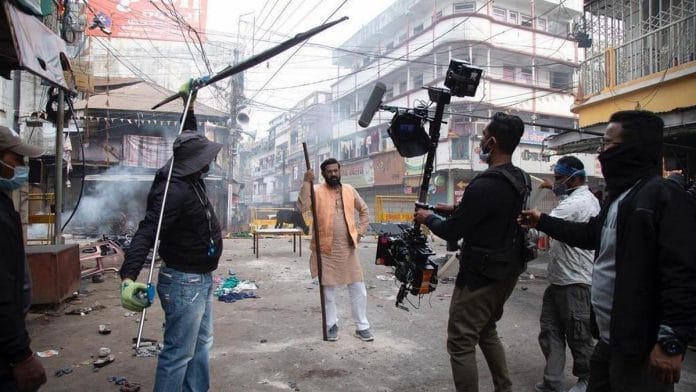New Delhi: Syed Zaid Ali is a busy man. As one of Bhopal’s go-to line producers, he’s at the centre of a filmmaking boom in Madhya Pradesh. If he’s not knee-deep in a Bollywood shoot or web series, he’s either scouting local talent or convincing filmmakers that the state has it all— diverse landscapes, hassle-free policies, and filmmaking infrastructure.
Madhya Pradesh is Bollywood’s hot new, if unlikely, destination for movie and OTT series shoots. In the 1970s and ‘80s, filmmakers flocked to Kashmir for scenic songs; by the ‘90s and 2000s, they were jetting off to Switzerland and London. Now, in the Netflix-and-Prime era, mofussil India has gripped the plot, and film crews are heading deeper into the hinterland. Madhya Pradesh has the first mover advantage in this new rush.
While the 1952 Dilip Kumar-starrer Aan was the first film to be shot in the region, the film industry largely ignored MP for many decades—”just 32 movies were shot here until 2008,” Ali said. Things began to change after filmmaker Prakash Jha made Raajneeti (2010), Aarakshan (2011), Chakravyuh (2012), and Satyagraha (2013) in MP.
The tally is now at “over 480 projects”, according to Ali. From Shah Rukh Khan’s Dunki and the Oscar-nominated Laapataa Ladies to TVF’s Gullak and Panchayat, his company, Zeal Z Entertainment, has been running at full tilt. And that’s just scratching the surface. Other big-budget productions that have taken advantage of MP’s diverse backdrops include Stree, Stree 2, Bhool Bhulaiyaa 3, OMG 2, Ponniyin Selvan, Dabangg 3, Mohenjo Daro, and A Suitable Boy.
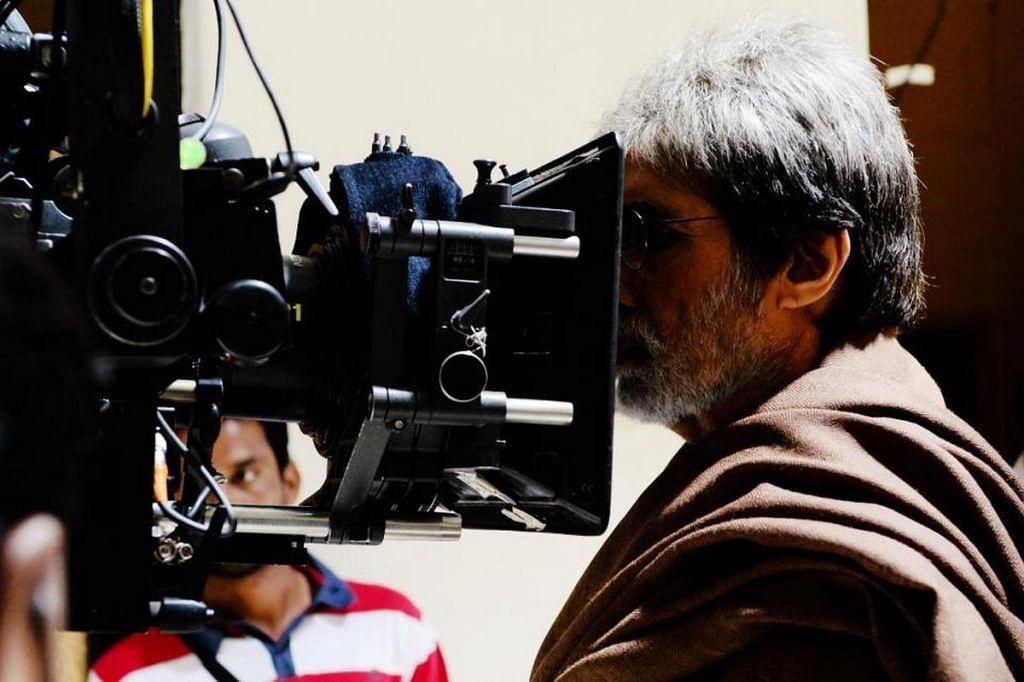
“Apart from deserts and beaches, we have pretty much everything,” said Ali, rattling off a list of landscapes—flatlands, rivers, ravines, mountains, forests, lakes—as well as an array of villages, cities, religious sites, and heritage destinations.
But it’s not just natural beauty and atmospheric locales that are bringing directors here— it’s also the red carpet from the state government. MP’s 2020 Film Tourism Policy, particularly, has been a game-changer. With a film facilitation cell, single-window clearance system, and generous subsidies, Madhya Pradesh has made filming here not just easy but also cost-effective. Now, policymakers from other states are also looking to adopt a similar winning formula.
“Over the past four years, more than 300 projects have been filmed in the state,” said Sheo Shekhar Shukla, principal secretary, Tourism, and managing director of the Madhya Pradesh Tourism Board (MPTB). “Buoyed by Madhya Pradesh’s success in attracting filmmakers, states (and UTs) like Chhattisgarh, Uttarakhand, and Jammu & Kashmir are also expressing interest in revising or implementing their film policies.”
Also Read: Is the golden age of OTT over? Censorship, stars, and the shift to ‘safe’ content
‘Ease of making films’
The sleeper hit Laapataa Ladies unfolds in the fictional Nirmal Pradesh, but it came to life in Sehore, Madhya Pradesh. After scouring many locations, the team zeroed in on MP for two major reasons.
“First, we found the most beautiful villages, small towns, and surrounding landscapes,” Kiran Rao, the film’s director and co-producer, told ThePrint.
“They were visually perfect for our film, while being at a convenient distance from the city infrastructure where we could house the cast and crew.”
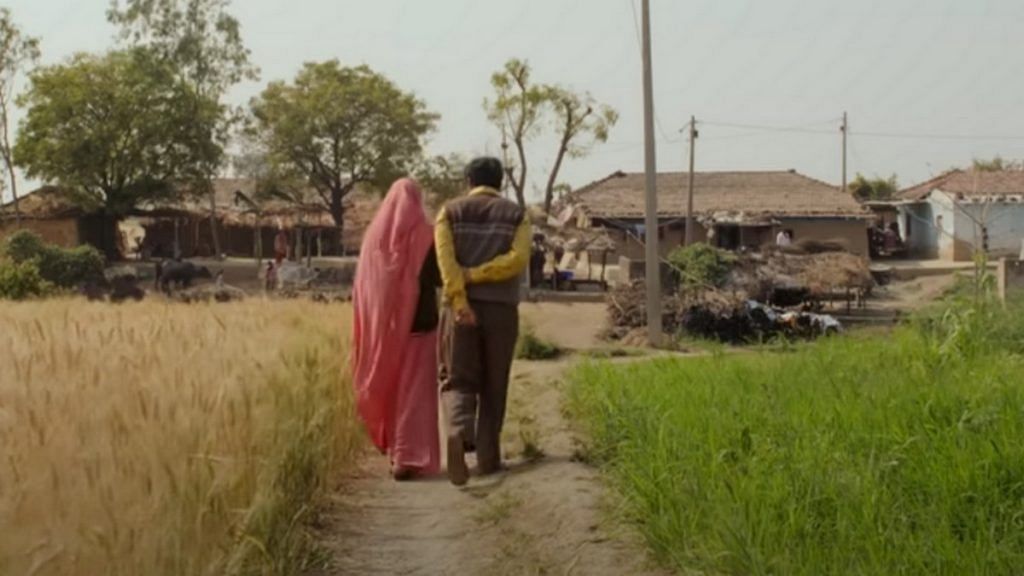
The second factor was the “ease of filming”, Rao added. “We were impressed with the ease of working with MP Tourism and the administration, who have created efficient systems and offer help to make filming as smooth and simple as possible.”
Sehore gave the film its picturesque rustic aesthetic, while Bhopal, less than 40 kilometres away, provided logistical ease.
The cherry on top, Rao added, was the attractive subsidies offered by the state. MP’s packages for filmmakers are calculated based on how much of the project is shot in the state.
For a first film, filmmakers can receive up to Rs 1 crore or 25 per cent of the total production cost (whichever is lower), provided at least 50 per cent of the shooting days are spent in MP. The amount has to be released within 45 days, according to the policy.
“To date, 14 projects have successfully received subsidies,” MPTB managing director Shukla said. “The government is also actively revising the policy to introduce additional benefits and incentives for filmmakers.”
Such incentives, along with streamlined permissions, lower production costs significantly.
“In contrast to the established hubs of Mumbai and Delhi, filmmaking in Madhya Pradesh is often more cost-effective,” Shukla said. “With less congestion and fewer noise disturbances, the state offers quieter locations and minimises bureaucratic hurdles, facilitating smoother shooting operations.”
Heartland stories to global productions
As Hindi heartland stories become more popular on screen, Madhya Pradesh has increasingly become the location of choice, even for films and series set in other states like Uttar Pradesh, Bihar, or Rajasthan.
Deepak Kumar Mishra, director of TVF’s Panchayat told ThePrint that though he wanted to tell a story set in Ballia, Uttar Pradesh, the team chose Madhya Pradesh because it was geographically similar and offered additional advantages.
“First is the proximity to Mumbai, which makes it easier for us to transport cast, crew, and equipment. On the other hand, states like Uttar Pradesh and Bihar are farther away, which increases the cost,” he said.
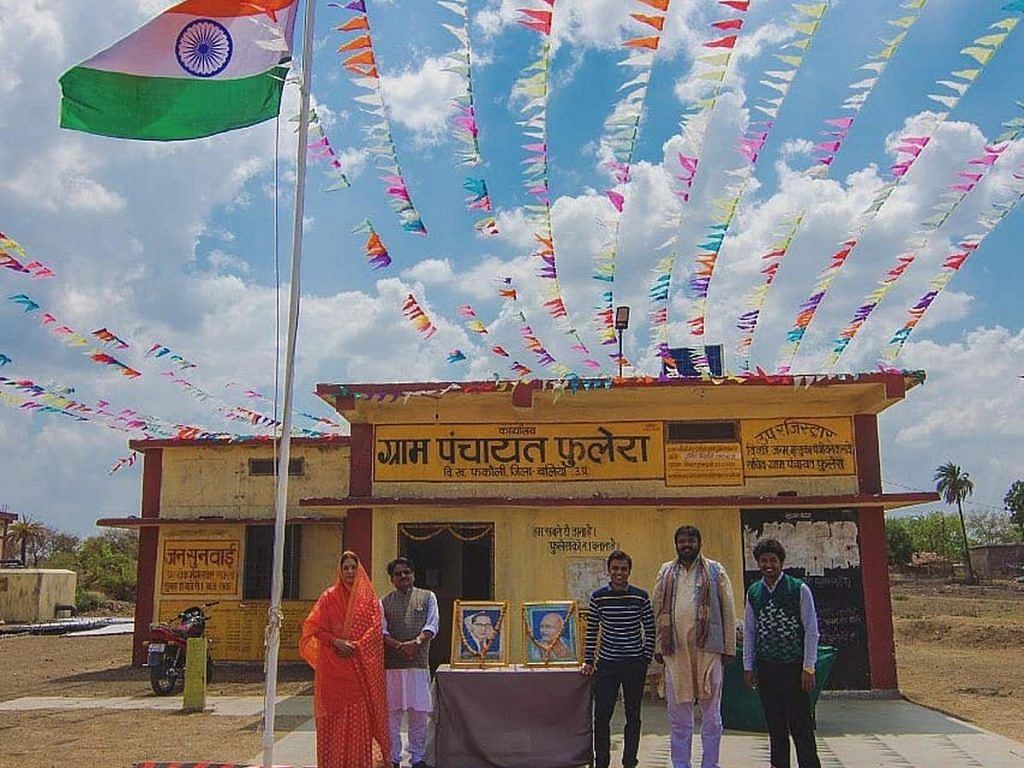
Other factors that sealed the deal were MP’s landscape, which could easily stand in for UP, and a “supportive” state government. Much like Laapataa Ladies’ Nirmal Pradesh, the fictional village of Phulera took shape in Sehore.
“Since shooting has been consistently happening for the past several years, infrastructure has developed there, with technicians and other personnel, and so has the culture of filmmaking. All these factors make Madhya Pradesh exciting for us, both creatively and commercially,” Mishra added.
While Phulera is fictional, Kota is not. Yet, parts of TVF’s Kota Factory, set in India’s coaching capital, were filmed not in Rajasthan but in Bhopal.
“Its second and third seasons were shot here,” said Ali. Although not directly associated with this TVF series, Mishra also noted that while exterior scenes were filmed in Rajasthan, “the interiors, such as house scenes, were done in Madhya Pradesh.”
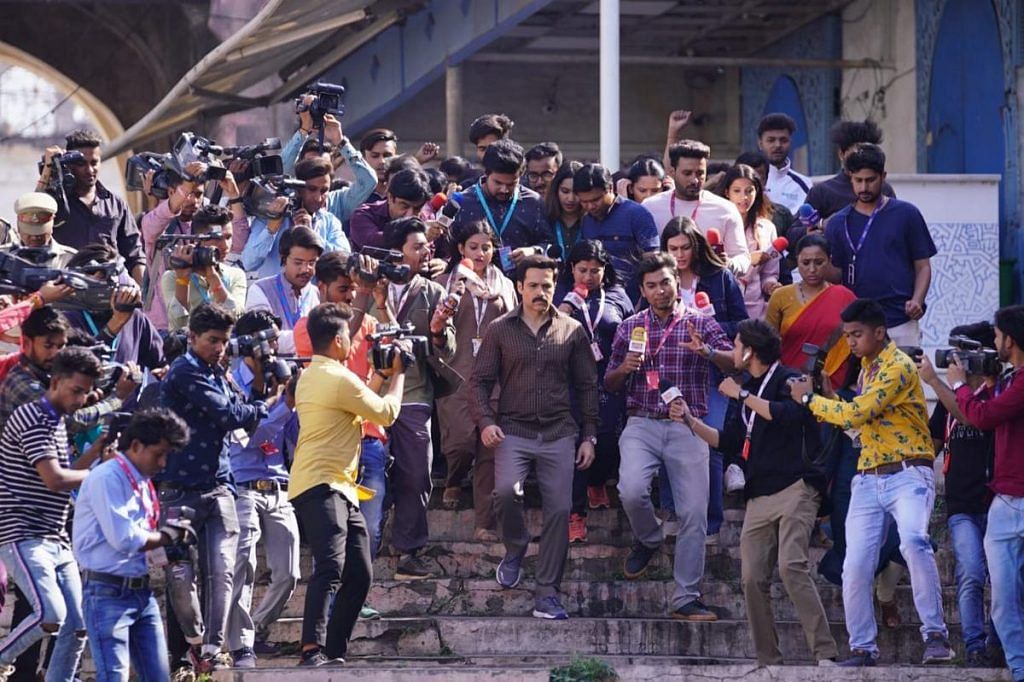
Similarly, sequences from the Huma Qureshi-starrer Maharani, based on Bihar politics, were also shot in Bhopal. The city, in fact, has even doubled for Mumbai on the big screen.
“Parts of Rajkumar Hirani’s Sanju were shot in Bhopal—all the Arthur Road and Yervada sequences,” Ali said.
But it’s not just heartland stories or Hindi films that are being filmed in MP. Non-Hindi filmmakers are also increasingly turning to the state to recreate their Kolkata, Bengaluru, Chennai, and Hyderabad.
Mani Ratnam shot parts of his multi-starrer Tamil epic Ponniyin Selvan: 1 and Ponniyin Selvan: 2, in Orchha and Gwalior.
“I recently shot a Bengali film, Byomkesh O Durgo Rahasya, produced by actor and Member of Parliament Dev Adhikari, who also starred in it,” Ali said.
International projects are also making their way to MP. Among the high-profile productions filmed here are the Oscar-nominated Lion (2016)—which shot several scenes in places like Indore, Khandwa, and Khargone—the British TV drama A Suitable Boy (2020), Roland Joffé’s Belgian film The Lovers (2013), and Apple TV+’s Shantaram (2022).
Forests, forts, hidden gems
Filmmakers are always on the lookout for fresh locations, and line-producer Ali knows this well.
“Certain places have been done to death—every single leaf of Mumbai has been shot,” he said.
In contrast, Madhya Pradesh is a treasure trove of untapped landscapes and historic sites, making it a prime location for all kinds of film genres.
As Shukla put it, “lush forests and rivers to world heritage monuments and serene rural vistas” are here for the taking.
In the 2023 comedy Fukrey 3, some of the sequences, especially those set in Africa, were shot in Panna, Ali pointed out. Similarly, the 2021 Vidya Balan-starrer Sherni (2021), which dealt with the theme of man-animal conflict, was extensively shot in the forests of Madhya Pradesh, including in Raisen, Balaghat, and Kanha National Park.
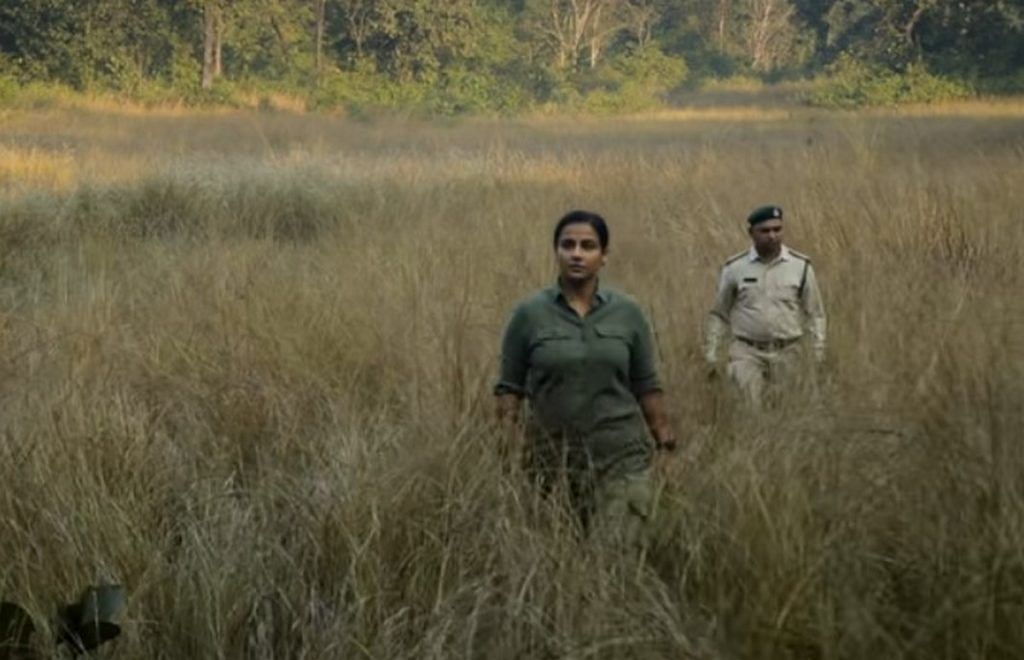
It’s not just the forests that are in demand—MP’s religious and heritage sites, in places such as Bhopal, Jabalpur, Orchha, and Maheshwar, are also becoming filmmaking hotspots. Parts of OMG 2 (2023) were shot in the Ujjain Mahakal Temple, Kalank (2019) featured Gwalior Fort, and Bhool Bhulaiyaa 3 (2024) shot in Orchha, the former Bundela capital. The charming weaving town of Chanderi appeared in both Stree films, and Mohenjo Daro (2016) showcased the striking marble rocks of Bhedaghat in Jabalpur.
“Even some parts of Shah Rukh Khan’s Dunki were shot in Jabalpur,” Ali said.
Now, filmmakers are getting even more adventurous, training their lenses on MP’s lesser-known gems—like the dramatic ravines of Morena and the weathered temples and fort of Narsinghgarh.
“While destinations like Bhopal, Gwalior, Pachmarhi, Chanderi, Jabalpur, and Maheshwar have increasingly attracted filmmakers in recent years, emerging locations such as Sehore, Narsinghgarh, Datia, Shivpuri, and Morena are gaining popularity,” said Shukla.
What makes all this possible, beyond the scenic landscapes, is MP’s robust filmmaking infrastructure supported by the state’s film tourism policy.
“For any producer, one of the main criteria in choosing locations is whether they are convenient and cost-effective,” Kiran Rao said. “We found that Madhya Pradesh not only has the most stunning locations but also has good shooting infrastructure and excellent line producers, so all production aspects are well taken care of. So, from permissions and crowd control to extras and equipment, it was all sorted.”
Local talent gets a chance
Filmmakers aren’t the only ones reaping the rewards of Madhya Pradesh’s thriving film scene. Local talent is getting in on the action too.
Bhopal-based actor Vivek Savrikar, who plays the stationmaster in Laapata Ladies, landed his role after a home audition during the second wave of the Covid-19 pandemic.
“Since an ecosystem has developed here, the filmmakers also have confidence that they can get secondary and tertiary casting done from Madhya Pradesh itself,” he said.
In Panchayat, too, several supporting characters were played by local actors, such as Kusum Shastri who plays the district magistrate, and Aanchal Tiwari, in a role as Raveena in season 3.
“Madhya Pradesh School of Drama has some really good actors. It’s a matter of spotting that talent,” said Panchayat director Mishra.
Ali, whose business includes casting, added that almost 100 per cent of tertiary roles and half of the secondary roles in films shot in MP are played by local residents, although the primary actors still come from Mumbai.
The state is also doing its part to nurture homegrown talent.
“The state government is conducting training programmes to equip local residents with the skills needed to support film projects,” said Shukla.
Also Read: ‘In Retreat’ film shows a different side of Ladakh. It’s not like Aamir Khan’s 3 Idiots
Economic boost, influencer status
Madhya Pradesh’s rise as a film hub has given its economy a leg up and made it a role model for other states.
“It has significantly boosted the state’s economy, created local jobs, and enhanced tourism,” said Shukla. “This growth has also promoted the state’s rich culture and heritage, improved infrastructure, and generated additional revenue, all while positioning Madhya Pradesh as a globally recognised, film-friendly destination.”
It’s a bouquet of benefits that other states want too. The latest is Bihar, which launched its own film promotion policy in July this year, with Madhya Pradesh serving as an inspiration.
Before the policy was launched, Rahul Kumar, general manager of the Bihar State Film Development & Finance Corporation, visited Madhya Pradesh
“We wanted to understand their experiences and challenges since they have had the policy for the past four years,” he said. “Films aren’t only for entertainment but are also sources of employment, revenue, and perception-building.”
Bihar’s policy aims to attract filmmakers from across the country, with a particular focus on the Bhojpuri film industry, which often shoots in Hyderabad, Noida, or Gujarat.
“We’re offering the highest subsidy, up to Rs 4 crore,” Kumar said, adding that the policy is already paying off. “A Bhojpuri film named Sanghatiya has started after our permission. We have received other queries, too.”
Back in Bhopal, Ali is juggling multiple projects, including the fourth season of Panchayat. He’s also working on a foreign production, but keeping the details under wraps.
“There’s an Arabic film I am working on right now. They are shooting in Madhya Pradesh,” he said.
(Edited by Asavari Singh)



